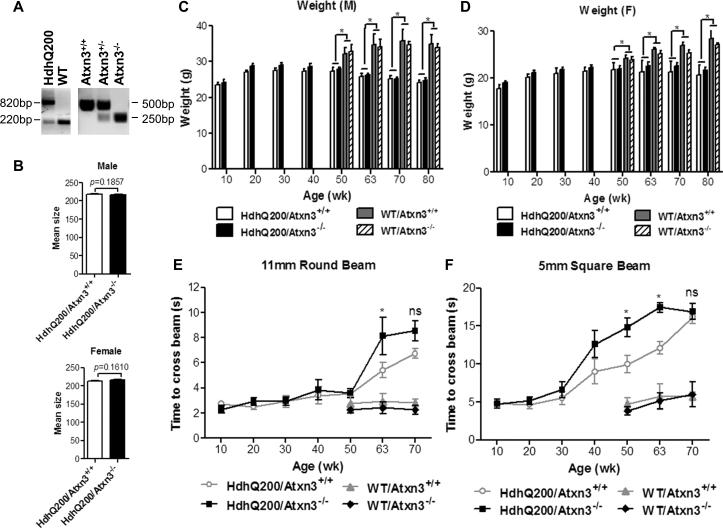Fig.1. Loss of ataxin-3 has only modest effects on the behavioral phenotype of HdhQ200 mice.
A) Mouse tail DNA was analyzed by PCR to determine genotype. HdhQ200-specific primers yield 820 and 220 bp fragment from HdhQ200 knock-in and wild type alleles, respectively. Ataxin-3 specific primers produce 500 and 250 bp fragments from ataxin-3 WT and null alleles, respectively.
B) CAG repeat size determination for HdhQ200/Atxn3+/+ and HdhQ200/Atxn3-/- male mice (n= 19 and 11, respectively) and female mice (n= 18 and 15, respectively).
C, D) By 50 wks, HdhQ200 mice exhibit significant weight loss in both males and females, but deletion of ataxin-3 does not affect body weight in male or female HD mice.
E, F) Upon aging, HdhQ200 mice are slower to traverse balance beams, and deletion of ataxin-3 modestly increases this latency to transverse 11 mm round and 5 mm square beams. Results are mean ± SEM, and *p<0.05.

